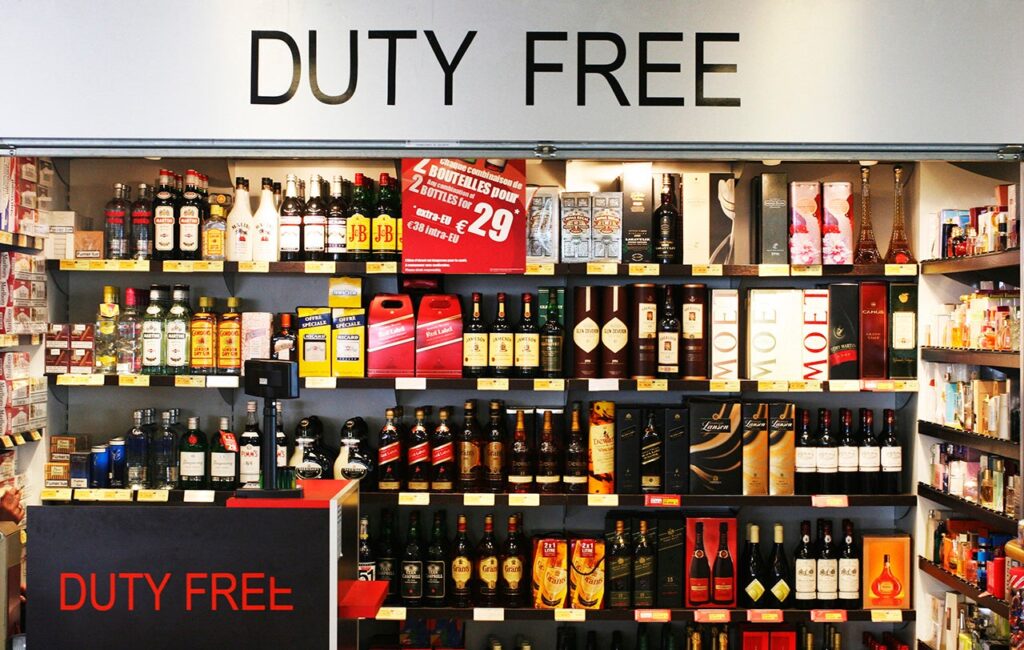
Duty-free shopping, a staple of airport and cruise ship experiences, often conjures images of bargain deals and luxurious finds. The allure of tax-free purchases can tempt travelers into splurging on everything from perfumes to electronics. However, the reality is that duty-free shopping isn’t always the budget-friendly option it seems.
This article delves into the complexities of duty-free pricing, debunking common myths and providing practical tips for savvy shoppers. We’ll explore factors influencing duty-free costs, compare prices with domestic options, and equip you with strategies to make informed purchasing decisions while traveling.
Duty-Free Shopping Myths
One of the most pervasive misconceptions surrounding duty-free shopping is that everything is inherently cheaper. While it’s true that goods are exempt from certain taxes, this doesn’t automatically translate into significant savings. The absence of sales tax can be offset by inflated markups and other hidden costs.
Another common myth is that duty-free stores offer exclusive products unavailable elsewhere. In reality, many items sold in duty-free shops are the same brands and models found in domestic retailers. The perceived exclusivity often stems from limited edition packaging or promotional bundles designed to entice travelers.
Price Comparisons

Before making a purchase at a duty-free store, it’s crucial to compare prices with your local retailers. Utilize online price comparison tools or check the websites of major brands to determine the average retail price for the item you desire. Remember that currency exchange rates can also impact the final cost, so factor this into your calculations.
Don’t solely rely on advertised discounts or promotional offers at duty-free stores. Scrutinize the fine print and compare the actual price difference with domestic options after accounting for taxes and shipping costs.
Markup and Competition
Duty-free retailers operate in a unique market environment characterized by limited competition and captive customers. This lack of competitive pressure allows them to implement higher markups compared to traditional retail stores.
Furthermore, duty-free shops often cater to tourists seeking convenience and immediate gratification, making them less price-sensitive than domestic shoppers. This dynamic further contributes to the potential for inflated prices in duty-free settings.
Domestic vs. Duty-Free Costs

While there are instances where duty-free shopping can offer genuine savings, particularly on luxury goods or items with high import taxes, it’s essential to approach purchases with a critical eye.
In many cases, duty free is more expensive than purchasing the same items domestically. Factors like inflated markups, limited competition, and currency fluctuations can significantly impact the final cost.
Traveler Tips
To maximize your travel budget and avoid overspending at duty-free stores:
- Research prices beforehand and compare them with domestic options.
- Utilize price comparison tools and online resources to track retail prices.
- Consider purchasing items you need before your trip to avoid impulse buys.
- Set a strict budget for duty-free shopping and stick to it.
- Be wary of promotional offers and scrutinize the fine print.
Conclusion
Duty-free shopping can be tempting, but it’s crucial to approach purchases with informed decision-making. While there are instances where savings can be realized, duty free is more expensive in many cases due to inflated markups and limited competition. By comparing prices, researching beforehand, and setting a budget, travelers can navigate the world of duty-free shopping strategically and avoid overspending on unnecessary items.
